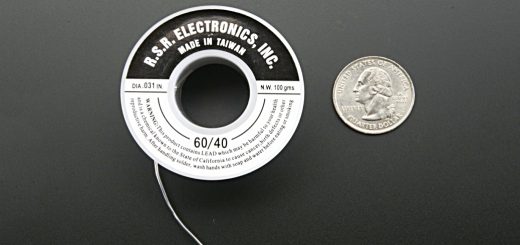All Terrain Investing

Today’s post looks at a recent note from ReSolve that aims to improve on the All Weather portfolio.
Background
I came across this note – called “From All-Weather to All-Terrain Investing for the stormy decade ahead” – on a podcast.
- I can’t tell when it was written, but it references the Covid shock between January 2021 and June 2022, so it must be later than that.
The background to the note is that the classic 60-40 portfolio (ReSolve refers to this as the endowment portfolio, although that means something much more diversified to me – the Yale/Swenson portfolio) has suffered as high inflation (and hence high interest rates) have crashed bond prices.
- This has led to a resurgence of interest in All Weather portfolios that include assets like commodities designed to cope better with inflation.
The four decades from 1982 through 2021 were dominated by sustained disinflation and relatively stable growth. Developed market inflation fell from high teens in 1981 to low single digits in the 2010s, driving above-average returns to bonds, with greater tailwinds for longer duration.
Stocks also did well as the share of profits passing to capital increased, and the interest rates used to discount future earnings fell.
- ReSolve calls this a “four-decade honeymoon” for the 60-40, leading people to believe this portfolio was indestructible.
By contrast, in the 1960s and 1970s, we had inflation, lots of union agitation for high wages, a surge in input costs and poor corporate capital allocation.
From November 1965 through March 1980, a portfolio consisting of 60 percent US total stock market and 40% 10-year Treasury bonds produced approximately 2.1 percent per year in nominal returns. However, after netting out increases in the cost of living, this portfolio annualized at -4.34 percent per year.
So by 1981, the passive 60-40 was not a popular choice.
Surviving inflation
Over the past seven inflationary episodes, starting with the termination of World War II in 1946 and ending with the recent COVID shock, price levels rose by an average 21 percent. Over the same inflationary episodes, an allocation to broad commodities delivered an average of 36 percent total returns in excess of inflation.
Adding commodities to the 60-40 gives us the All-Weather portfolios (of which Risk Parity is one flavour).
A proxy All-Weather strategy consisting of equal measures of risk among equity, fixed income, and commodities futures contracts targeting a 10 percent annualized portfolio volatility has compounded at 11.6 percent per annum, yielding a Sharpe ratio of 1.11 since October 1992 (benchmark inception).
This compares favourably with the benchmark endowment portfolio, which compounded at 8.1 percent per annum, with a Sharpe ratio of 0.88 over the same period.
Trend
But commodities are not perfect:
Even during sustained inflationary periods, commodities often produce large and painful drawdowns. Commodities delivered a total return of 650 percent from 1970 through 1980 but endured a 37 percent peak-to-trough loss in the middle that lasted almost three years.
Similarly, during the extended emerging markets growth regime of the 2000s, commodities gained 268 percent but inflicted two painful drawdowns of 31 percent and 60 percent, lasting multiple years.
Trend (CTA) works much better.
Over the same seven inflationary episodes, a representative CTA Trend index delivered more reliable gains than passive commodity exposure, with less downside risk.
Macro
The next sleeve in the All-Terrain portfolio is systematic global macro:
Expected performance can be further enhanced with the addition of systematic global macro strategies, which take positions in global futures markets based on factors like carry, relative value, seasonality, and a variety of other risk premia and market anomalies.
This is all down to correlations:
Since 1990, the monthly Pearson correlation between the All-Weather strategy and CTA Trend is 0.14; between All-Weather and Systematic Global Macro is 0.17; and between CTA Trend and Systematic Global Macro is -0.06.
Tail risk
The final step is tail hedging:
Tail-hedging strategies, such as passive and active strategies that trade options and volatility linked products, are designed to deliver outsized gains during hostile market environments.
An appropriately sized strategic allocation to tail-hedging strategies can lower overall portfolio downside risk while also providing a source of funding for rebalancing and other activities during acute market crises.
The final breakdown is as follows:
- 100% All-Weather
- 50% CTA Trend (scaled to 10% volatility)
- 50% Systematic Global Macro (scaled to 10% volatility)
- 30% Tail Hedge
That’s a 2.3 gearing (130% leverage), which will be too much for most people.
- But the results are compelling.
Without the leverage, the portfolio would look something like this:
- 43% All-Weather
- 22% Trend
- 22% Macro
- 13% Tail Hedge
Conclusions
As always with papers like these, the problems for private investors are mostly around implementation.
- Accessing Trend and Global Macro is not easy
- Cost-effective 130% leverage will not be available to most
It’s best to see the All-Terrain portfolio as a direction of travel rather than a holy grail.
- When you can add more trend or macro, do so.
- And don’t worry about moderate leverage, so long as it’s cost-effective.
Until next time.





















